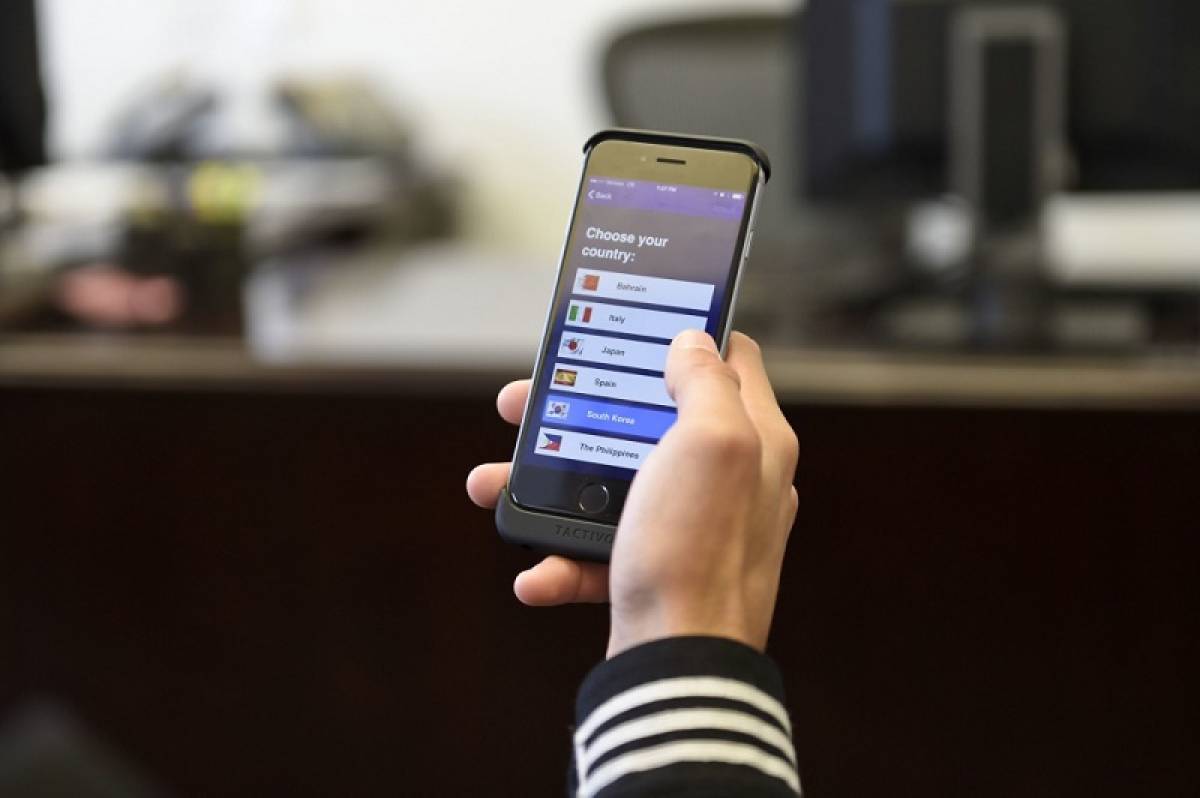Top Mobile App Security Vulnerabilities (& How to Mitigate Them)

A user examines features on mobile application. Photo: Taylor L. Jackson.
Today, mobile applications are much more complex and feature-rich than what they used to be a decade ago. Users can make simple to-do lists, store images, videos, personal data, and even do banking with just a few clicks on their mobile screens.
As such, mobile applications now store more sensitive data and information of users, including their bank account details, credit card details, contacts, passwords, and more. If a mobile app containing such sensitive data is compromised, it could have devastating effects on both the victim and, potentially, the organization affected.
So, what are the most common mobile app security vulnerabilities that pose a threat to user data, and how can you protect your app from being exposed to the security vulnerabilities that lead to costly data breaches?
Well, there are several ways you can prevent mobile app security vulnerabilities and safeguard user data, including using comercial-grade obfuscation tools and implementing multi-factor authentication for your apps.
Among the most common mobile app security vulnerabilities you should be aware of and guard against are:
- Insecure data storage
- Reverse engineering
- Insecure Wi-Fi connections, and
- Inadequate authentication
Let's expound on these top mobile app security vulnerabilities...
Common Mobile App Security Vulnerabilities and Solutions
Here’s an infographic highlighting the most common mobile app vulnerabilities and ways to mitigate them:























